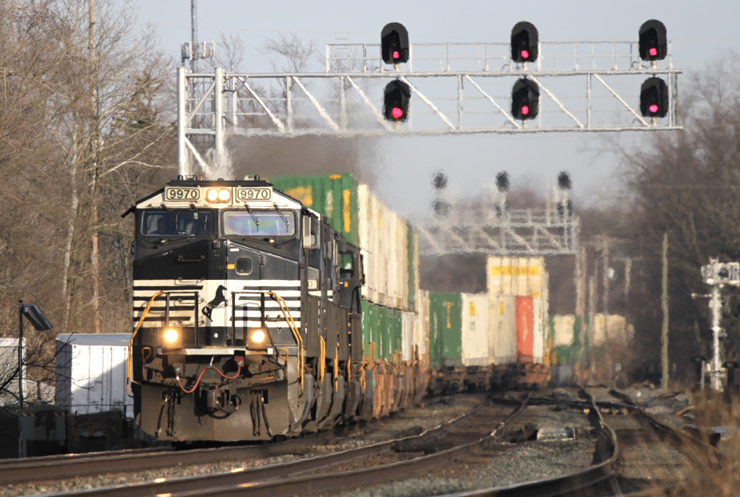
ATLANTA – Norfolk Southern has pruned its intermodal network and made the operating ratio a key component of its executive compensation plans, the railroad announced yesterday amid its proxy battle with activist investor Ancora Holdings.
NS has eliminated 53 low-volume intermodal lanes — or 15% of its intermodal network — that had limited growth prospects. The railroad did not say how much volume would be lost as a result.
“A comprehensive review and optimization of the Intermodal network has eliminated lanes that do not have the density to meet productivity targets,” the railroad said.
“This effort reduces network complexity, supporting the company’s efforts to drive fluidity and productivity. It frees resources to improve service in lanes that are of greater strategic value to customers, driving growth and accelerating profitability improvement, while reducing conflict to the speed and efficiency of the Merchandise network,” NS said.
Ancora has said that NS is too dependent on low-margin intermodal traffic, and that giving intermodal trains priority hurts service for lucrative merchandise traffic.
NS reports that in the two weeks since hiring Canadian Pacific Kansas City executive John Orr as chief operating officer, the average train speed for its merchandise network is up 8%, while terminal dwell is down by 8%, and the number of active trains is also down by 8%.
In an organizational shift, Norfolk Southern’s intermodal and automotive operations group now reports to Orr. It previously was a part of the railroad’s marketing division.
“This change will instill additional operational rigor, enhance opportunity for further productivity, and improve alignment and coordination across the business, including in Merchandise and Bulk. This organization joins Car Management, which has also been moved into Operations,” the railroad said.
Under the service resiliency and growth plan that CEO Alan Shaw announced in December 2022, NS reduced the emphasis on the short-term operating ratio. To underscore the change in focus, the NS board removed the operating ratio as an element of the 2023 executive compensation plan.
But the railroad’s board yesterday reversed course. It made the operating ratio the largest component of the 2024 annual incentive compensation plan. Bonus targets now are weighted 30% to the operating ratio, 25% to operating income, and 15% to revenue growth.
Previously the plan was tied to growth in operating income (40%) and revenue (30%).
“Following extensive shareholder feedback, the board determined to explicitly include OR improvements as a component of our 2024 compensation plans in line with our commitment to hold management accountable,” John R. Thompson, chair of the board’s human capital management and compensation committee, said in a statement. “As management continues to drive productivity throughout Norfolk Southern’s network, OR improvements will be a key component of our long-term success and enable us to achieve our objective of delivering best-in-class value to shareholders.”
NS is aiming for an operating ratio below 60% by 2026, assuming that freight volume rebounds.
Ancora has been critical of NS’s lack of focus on the operating ratio and its lagging financial performance. And Ancora says its preferred management team would hit a 57% operating ratio goal within three years.
NS has called Ancora’s plans a short-term slash-and-burn strategy that would lead to furloughs of as many as 2,000 employees. Productivity improvements are the largest component of the railroad’s goal to reach a sub-60% operating ratio.
“The initiatives announced today will help us progress toward our strategic goals and close the margin gap with our peers,” Shaw said in a statement. “Our network enhancements and improvements to our reporting structure will empower our new chief operating officer, John Orr, with the scope to implement his scheduled railroading plans and accelerate our operational improvements. This positions Norfolk Southern to become a more productive, resilient, and efficient railroad, and drive long-term value creation.”
Ancora aims to gain control of the NS board and name former UPS executive Jim Barber Jr. as CEO and former CSX operations boss Jamie Boychuk as chief operating officer. Absent a settlement, NS stockholders will vote on the matter at the railroad’s May 9 annual shareholder meeting.
Shippers and rail labor have backed the NS management team and strategy, while regulators have expressed concern about Ancora’s plans.






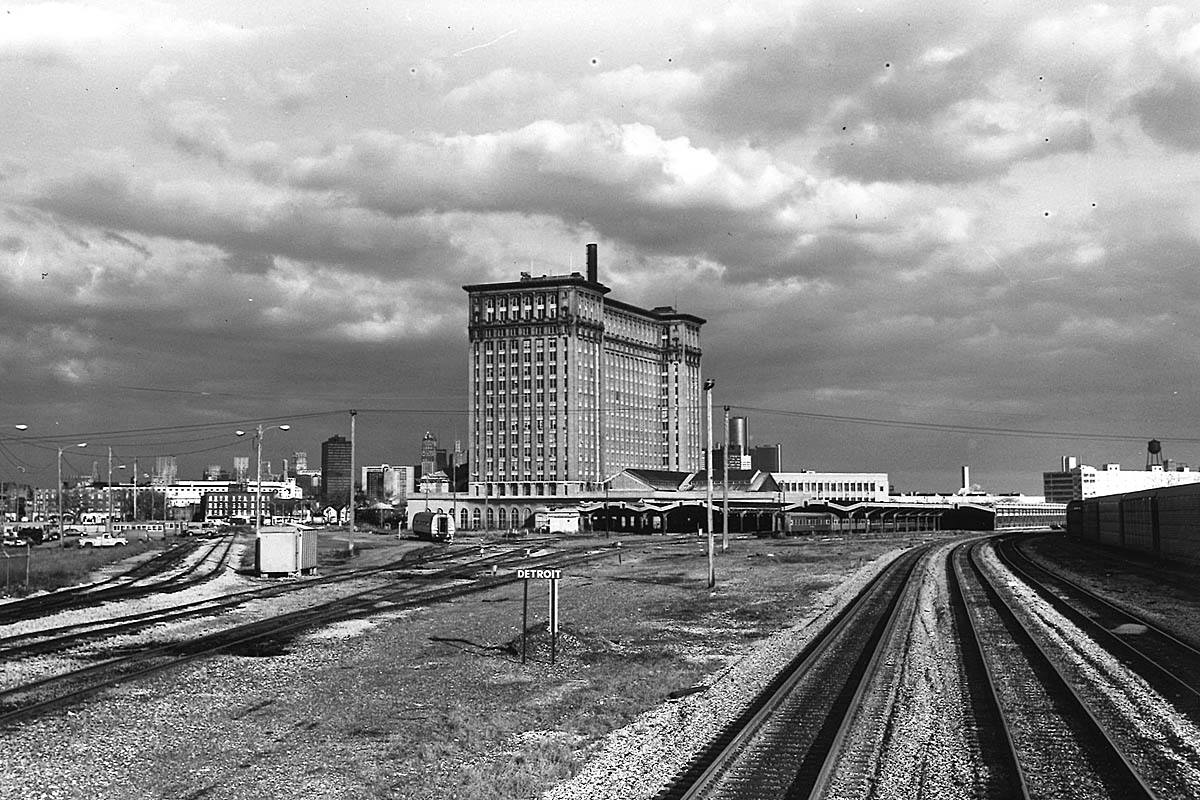
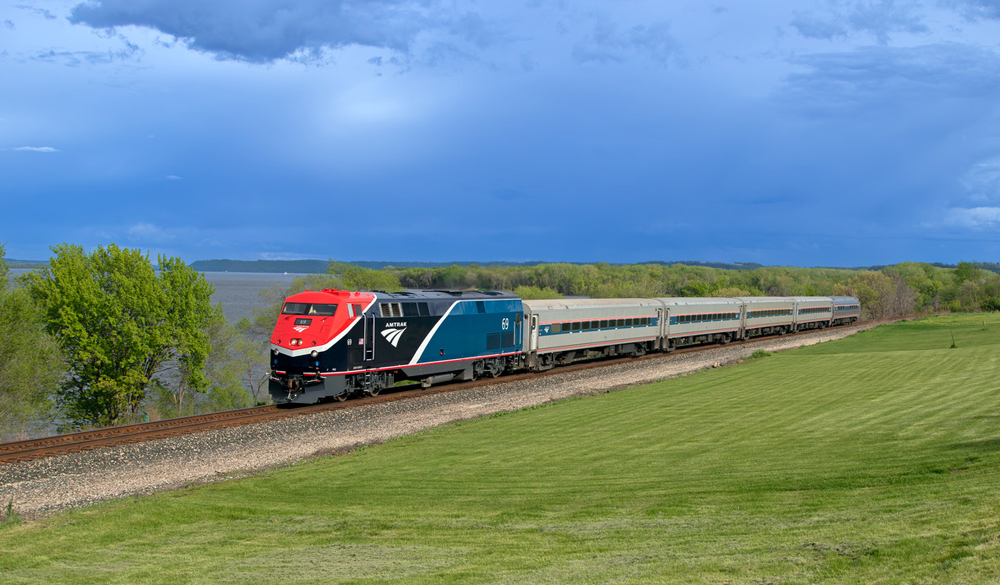
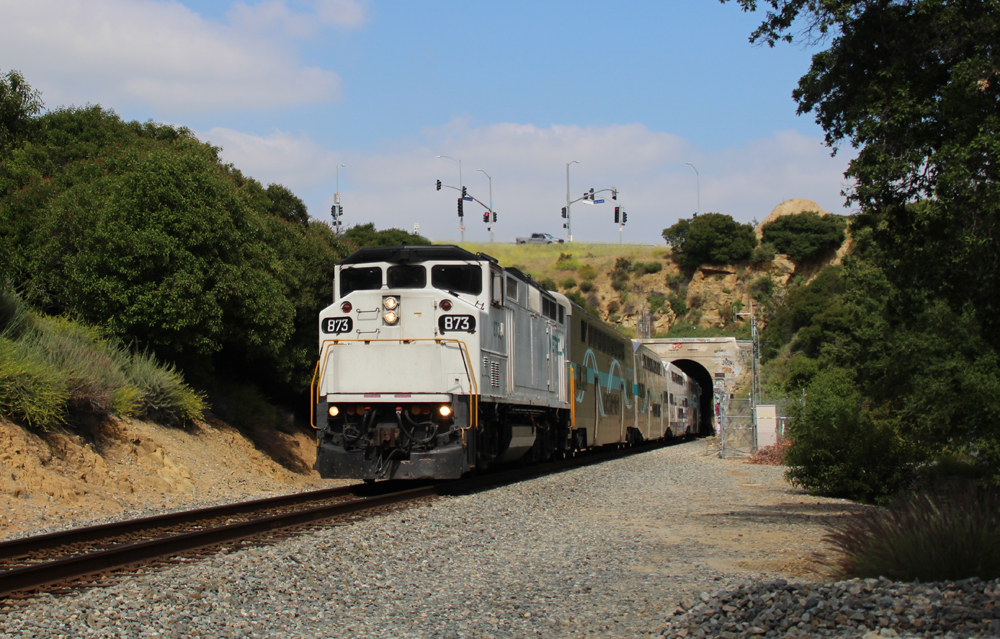
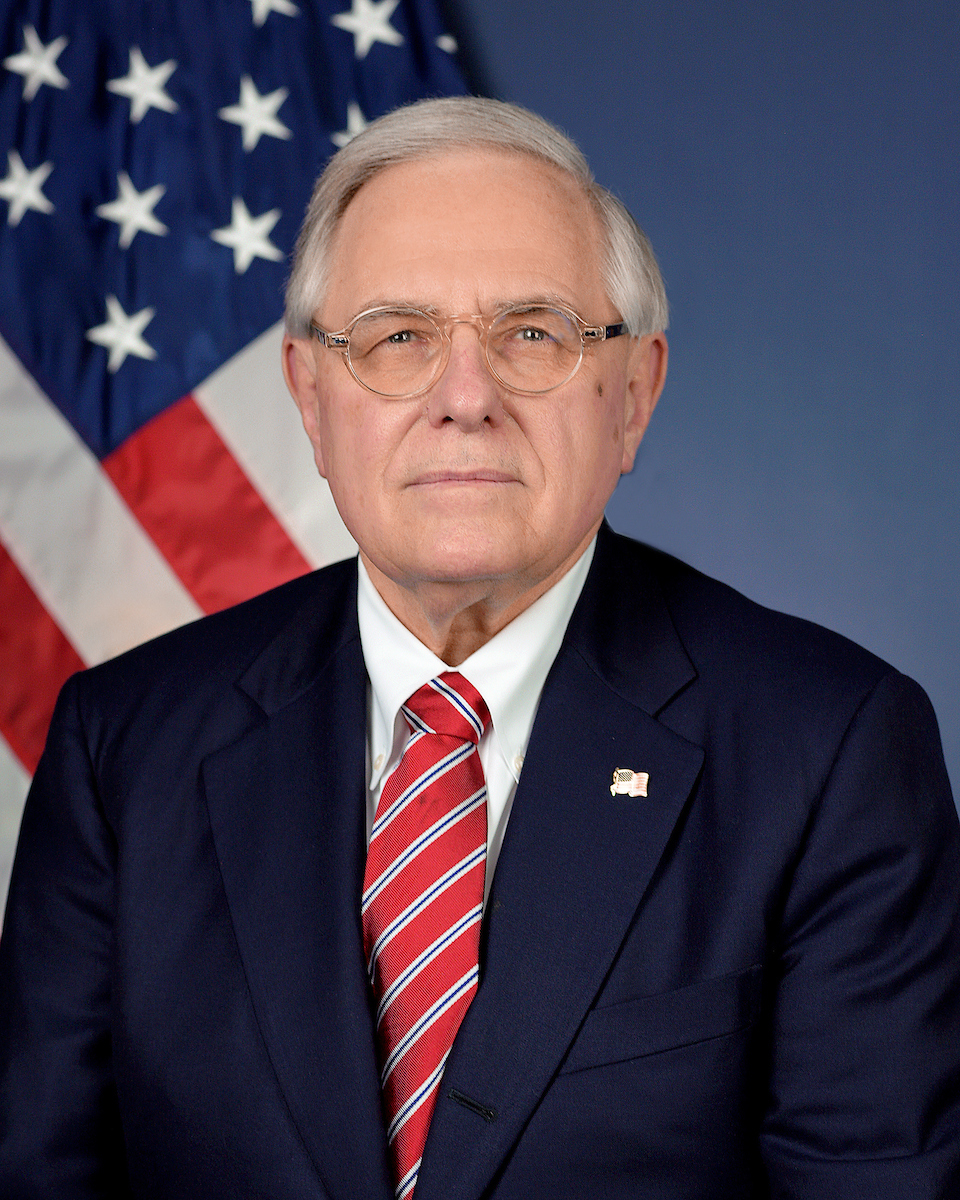




I would hope that Mr Shaw sticks with his original plan and fights Ancora tooth and nail. Ancora must be defeated or the NS will be ruined. Fight on Mr Shaw and hopefully your current board will show some guts by backing you to the hilt.
“Ancora Lite” will hardly assuage the barbarians approaching the gate.
“Ancora has said that NS is too dependent on low-margin intermodal traffic, and that giving intermodal trains priority hurts service for lucrative merchandise traffic.” – Ancora
Yet the Class 1s chase after the intermodal traffic and seem to discourage the merchandise traffic, unless it comes as unit trains like coal and grain.
“the simplified network was much easier to operate” – Giblin
That is no doubt true, and suggestive of a lazy management philosophy.
Mr. Sutherland you are so incredibly STUPID. If you are going to quote me, please do it right. (I know you can read.) What I said was that Santa Fe’s simplified INTERMODAL network was much easier to operate. It was also incredibly MORE profitable than what we started with in January 1990. And as I recall the objective of every privately-owned business is to make a profit (don’t you agree?).
And everyone should remember that I was speaking as a retired member of the management team of the Atchison Topeka & Santa Fe Railway Company. Exactly which railroad did YOU ever work for. We very quickly shaved ten points of the operating ratio without breaking a sweat.
By 1995 the Santa Fe had become the MOST successful intermodal railroad (by every single metric) in the ENTIRE history of American railroading. I am also VERY proud to say that what you stupidly and erroneously describe as lazy management (which would have personally included me at the time) made me personally a ton of money/income due to Santa Fe’s employee bonus and stock appreciation plan. For the last two year of my tenure there 25% of my gross income came from various bonus and stock appreciation plans. Not bad for so-called “lazy” management.
Maybe NS should try to lure former Conrail CEO Dave LaVan out of retirement.
It is sad that the NS Board is reversing course and undercutting their CEO. They are doing what Ancora wants, putting the bee on Operating Ratio OVER the Customer’s Needs and Wants. A former Senior VP at Motorola once said, “The Customer is not be disregarded or trifled with. They are not to be ignored. They are the very reason for our being in business…” For some reason Ancora seems to think that they are the reason NS is in business and it is just sad and wrong.
I can do better than Ancora’s lackeys whom they want to install. I will layoff every employee whose job can be automated through AI, run 15,000 foot trains, sell off or store unneeded locomotives and layoff or fire train crews who no longer have anything to do. We will run slower so we reduce or eliminate derailments. I will do this in ONE YEAR and the operational ratio will drop to less than 55. And in the 3 years that Ancora has as their plan, NS will be a railroad NOT WORTH owning stock in, will be losing its customers to trucks. And Why? Because they forgot that the needs of the CUSTOMER “are the reason for their business” even existing, And CSX, Union Pacific or fate hopes not, CPkc will all be bidding on what is left over after NS has foolishly lost all its business and filed for bankruptcy protection. Of course by them, Ancora will have moved on, sold its interest in NS and will be looking for another industry to pilfer in the short term…
“No man can serve two masters…”
It doesn’t matter which overpaid executives occupy the C-suites, PSR always wins. More trucks on the road, who cares? Oliver Wyman take note.
The “slash” has begun…the “burn” soon to follow…then what?
It’s like when the hedge funds told CompUSA to stop selling software and sell more USB Cables because the margin on the cables were higher.
So CompUSA removed 3 rows of software per store and replaced them with 6 different brands of USB cables. What changed? Nothing.
People still bought the cheapest, most generic USB cable offered. Not the expensive gold plated ones with 3000% margin.
Then WalMart started selling USB Cables and CompUSA removed 80% of them because they couldnt meet the sales targets.
Merchandise rail freight may have more margin, but it is also service and timing sensitive, but puts it in direct competition with trucks, who seem to beat Class 1’s in many of those areas.
Stellantis is having the same issue in the US. They are being pushed to only sell what has superior margin, even if it means abandoning low margin markets. So no Dodge Dart/Chrysler 200. Just tons and tons of RAM Trucks with a thousand options or Super Hellcat/Demon Chargers and the lonely Pacifica minivan. If you can’t mark it up, then don’t make it. Stellantis has the highest margin per vehicle sold in the US. Higher than GM or Ford. But yet they can’t afford to finance new product lines in the near term. High margin doesn’t always mean large cash flow.
So if NS gives up a bunch of margin and loses business doing so, can they make it up by winning more volume in merchandise?
You forgot about Jeep…
The supposed speed ups have not helped the constant delays to Crescent 19 & 20 south of ATL
keep wall street happy
FYI, here are some views from a professional rail intermodal manager.
First, pruning the intermodal network is not necessarily a bad idea. The rail industry collectively did it in the 1980’s after deregulation when we went from a gazillion circus ramps to a handful of mechanized terminals. At Santa Fe we employed this strategy in the early 90’s going so far as closing the Denver intermodal terminal. We also eliminated Chiicago to Houston as a major traffic lane. Profit improved substantially, and the simplified network was much easier to operate. For details, please refer to my article in the July 1998 issue of TRAINS.
Regarding the issue of train speed those containers of trash may or may not be a negative impact. The issue of availability at destination is just as important as running speeds. It may be entirely possible to slow the train down by an hour or so with an intermediate set-out and still give the customer the desired cut-off to availability schedule. At Santa Fe we ran slower transcontinental trains on the weekends since the trailers/containers simply sat in the terminal until the customers picked them up on Monday.
One step closer to rereg.
As a long time stockholder, I am bitterly disappointed with these decisions by the NS board.
I have no idea what those 53 IM service lanes were that were eliminated but I do know that priority Croxton to Atlanta IM train 25A now often hauls 100 +/- containers of trash originating in New Jersey that get set out at the former IM pad at Greencastle adding a few hours of transit time to Amazon, UPS, FedEx, et al customers’ containers.
Fading into oblivion … thanks Ancona